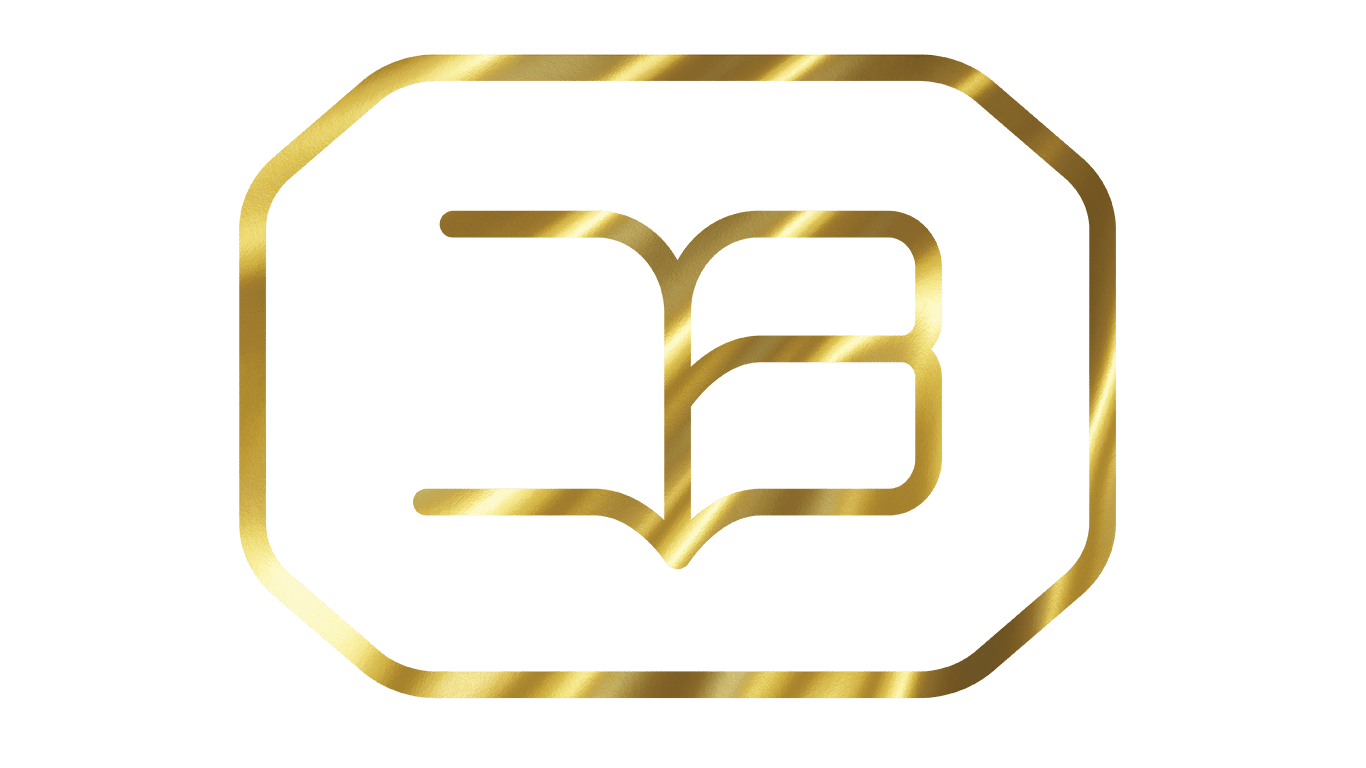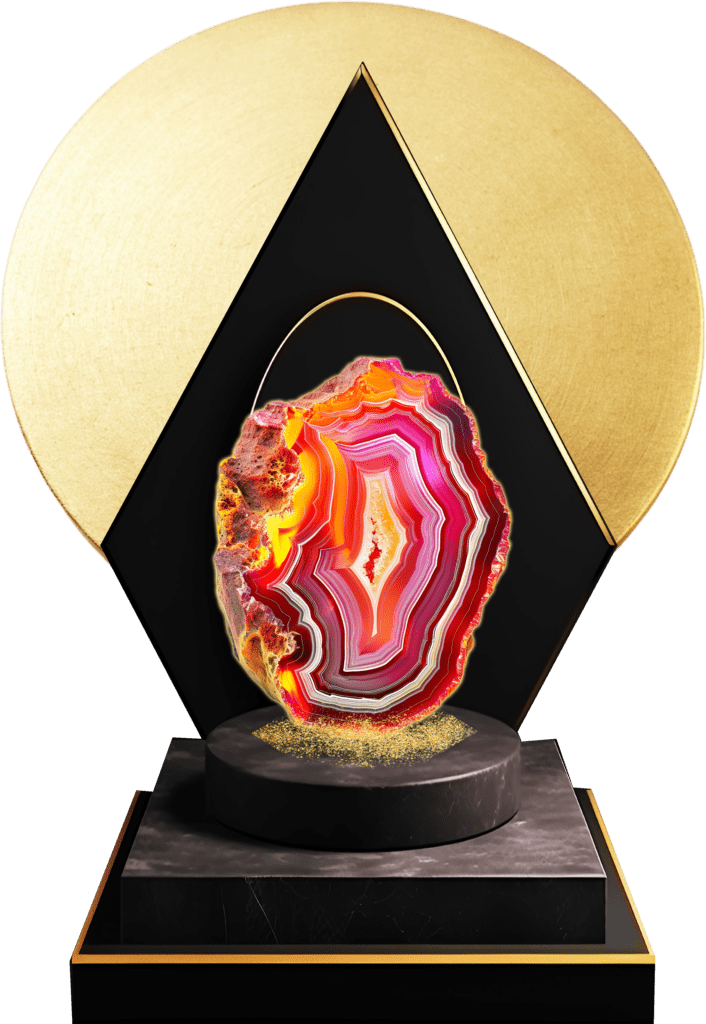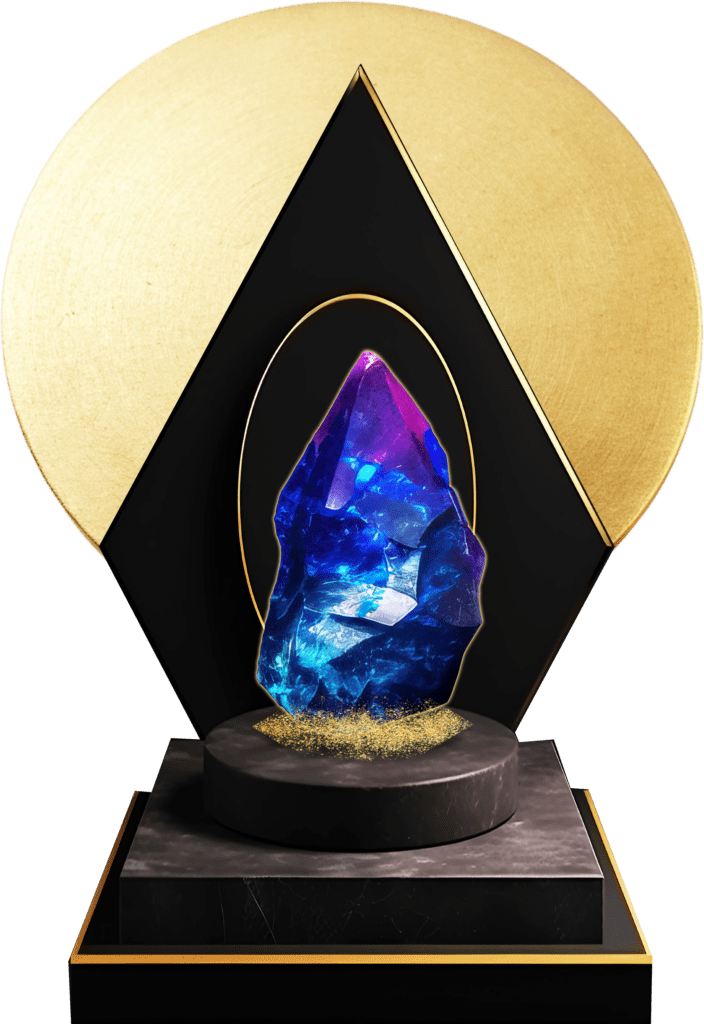צרו איתנו קשר!
רפואה - מערכת הדם
Hematology - The Circulatory System
About The Course
על הקורס
בקורס נלמד על מערכת הדם הידועה בשמה המדעי המערכת הקרדיו-וסקולרית.
נלמד על מגוון התפקידים של המערכת המורכבת הזו, ואת המבנה האנטומי והתפקוד הפיזיולוגי שמאפשר את מילוי התפקידים האלו: נכיר את סוגי כלי הדם השונים שמרכיבים אותה, את המבנה שלהם וההתאמה לתפקיד שאותו הם מבצעים וכמובן את האנטומיה והפיזיולוגיה של הלב עצמו. נעמיק בהיבטים הקליניים, נלמד לקרוא אק"ג ונעשה הדגמות של לקיחת מדדים כמו דופק ולחץ דם. נבין לעומק את המנגנונים של הגוף כדי לשמור על מדדים אלו במצב של הומיאוסטזיס. בנוסף, נעסוק גם בצעדים מעשיים בהם יכול כל אחד מאיתנו לנקוט כדי לשמור על הלב וכלי הדם שלנו במצב בריא יותר לאורך כל שנות חיינו.
נכנס לעומק הרכבו המופלא של הדם ולסוגי התאים שהוא מכיל. נגלה ביחד כיצד והיכן בגוף הם נוצרים.
נעסוק ביכולת של תאי הדם האדומים לקשור חמצן ונעשה השוואה בין ההמוגלובין שבתאי הדם לזה שבתאי הדם של עובר ולזה שברקמות השריר. בנוסף נדבר על חלבוני הממברנה של כדוריות הדם ונענה על השאלות: איך נקבע סוג הדם? מי יכול לתרום דם למי? מה הקריטריונים שהופכים אדם לכשיר לתרום דם? נלמד את כלל אוטנברג ובאיזה אורגניזמים נוספים מלבד האדם הוא תקף (וגם באיזה לא).
נכיר את הסכנות שבאיבוד דם ונלמד על מנגנון הקרישה של לוחיות הדם (טסיות) ועל הדרכים הקליניות שבעזרתן ניתן לעצור דימום כשמנגנון הקרישה לבדו אינו מספק. יש מגוון דרכים מכניות, פיזיקליות, כימיות ותרופתיות וכל אחת יעילה בעוצמות וסוגים שונים של דימום.
לבסוף, אחרי שהכרנו את המערכת הקרדיו-וסקולרית על בוריה כשהיא במצבה הפיזיולוגי התקין, נלמד על פתולוגיות קליניות מרתקות ועל דרכי המניעה, האבחון והטיפול בהן.
במידה ויתאפשר ונספיק – נרחיב על לבבות מיוחדים של אורגניזמים ובעלי חיים אחרים ועל מבנה מערכות הדם המיוחדות של מחלקות טקסונומיות שונות בעולם החי, כגון, דגים, דו-חיים, זוחלים ועופות (בנוסף לבני אדם ולמחלקת היונקים שבה עוסק הקורס).
In this course, we will study the blood system, scientifically known as the cardiovascular system. We will explore the diverse functions of this complex system, as well as the anatomical structure and physiological mechanisms that enable these functions. We will familiarize ourselves with the various types of blood vessels that comprise the system, their structure, and how they are adapted to their specific roles. Additionally, we will delve into the anatomy and physiology of the heart itself.
We will deepen our understanding of clinical aspects, learn to interpret ECGs, and demonstrate the measurement of vital signs such as pulse and blood pressure. We will gain an in-depth understanding of the body's mechanisms for maintaining these parameters in a state of homeostasis. Furthermore, we will discuss practical steps that each of us can take to maintain a healthier heart and blood vessels throughout our lives.
The course will examine the remarkable composition of blood and the types of cells it contains. We will discover together how and where in the body these cells are produced. We will focus on the ability of red blood cells to bind oxygen and compare the hemoglobin in adult red blood cells to that in fetal blood cells and muscle tissue. Additionally, we will discuss the membrane proteins of red blood cells and address questions such as: How is blood type determined? Who can donate blood to whom? What criteria make a person eligible to donate blood? We will learn about the Ottenberg rule and in which organisms, besides humans, it applies (and in which it does not).
We will explore the dangers of blood loss and learn about the clotting mechanism of blood platelets, as well as clinical methods to stop bleeding when the clotting mechanism alone is insufficient. There are various mechanical, physical, chemical, and pharmacological approaches, each effective for different intensities and types of bleeding.
Finally, after thoroughly understanding the cardiovascular system in its normal physiological state, we will study fascinating clinical pathologies and their prevention, diagnosis, and treatment methods.
If time permits, we will expand our discussion to cover the unique hearts of other organisms and animals, as well as the special blood system structures of different taxonomic classes in the animal kingdom, such as fish, amphibians, reptiles, and birds (in addition to humans and the mammalian class, which is the primary focus of the course). The course material will be adapted to the age of the learners.







